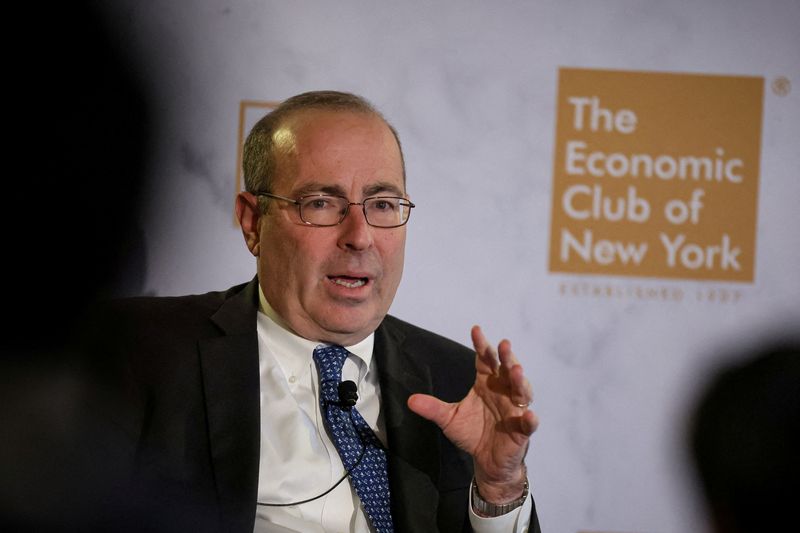Federal Reserve officials are facing significant uncertainties regarding inflation, particularly in light of high wage settlements negotiated by unions and the potential for upcoming tariff increases. Richmond Federal Reserve President Tom Barkin emphasized the importance of a cautious approach, urging decision-makers to remain thoughtful, gradual, and methodical in declaring victory over inflation. His comments reflect a broader sentiment among officials that the fight against high inflation is not yet fully won, as cost pressures from various sources could persist.
Wages are a key concern for the Federal Reserve, with union negotiations resulting in higher settlements that could contribute to increased costs for businesses. This situation highlights the delicate balance the Fed must strike between stimulating the economy and keeping inflation in check. Barkin’s remarks suggest that the Fed’s approach will consider both inflationary pressures from rising wages and disinflationary factors that may emerge in the economy.
Additionally, the looming possibility of tariff increases adds another layer of complexity to the inflationary landscape. Tariffs can lead to higher costs for imported goods, which can then be passed on to consumers, further contributing to inflation. Barkin acknowledged these uncertainties, indicating that they warrant careful monitoring by the Fed as policymakers work to navigate this challenging economic environment.
While Barkin provided valuable insights, he refrained from indicating whether he supports another rate cut at the Fed’s upcoming December meeting. This reflects a broader trend among Fed officials, who are weighing the evidence of economic stability against the still-present risks of inflation. Maintaining a patient approach may be necessary to assess how various economic factors play out over time, including the effects of wage increases and potential tariff hikes.
Ultimately, the Federal Reserve’s decisions will hinge on a range of economic indicators, including wage growth, consumer spending, and inflation trends. As such, Barkin’s comments serve as a reminder of the complexities involved in monetary policy and the necessity of a measured response to evolving economic conditions. By taking a systematic approach, the Fed aims to enhance its effectiveness in managing inflation while supporting broader economic growth.
In conclusion, Barkin’s insights capture the challenges faced by Federal Reserve officials in their ongoing efforts to combat inflation. As high union wage settlements and potential tariff increases loom large, a cautious and deliberate approach is essential. Barkin’s emphasis on careful monitoring and a methodical strategy underscores the need for flexibility in responding to an uncertain economic landscape, ensuring that the Fed remains vigilant and responsive to changes that could impact inflation and, ultimately, the broader economy.

